The yellow peanut, also known as the golden nut, is a versatile and nutrient-rich legume that has garnered widespread attention in recent years. Packed with essential vitamins, minerals, and healthy fats, this small but mighty nut offers a wide range of health benefits. In this article, we will delve into the fascinating world of the yellow peanut, exploring its rich history, nutritional profile, various culinary uses, and the incredible benefits it offers to our overall health and well-being. Section 1: A Brief History While peanuts have been consumed for centuries in certain parts of the world, it wasn’t until the 16th century that they made their way to Europe and gained popularity worldwide.
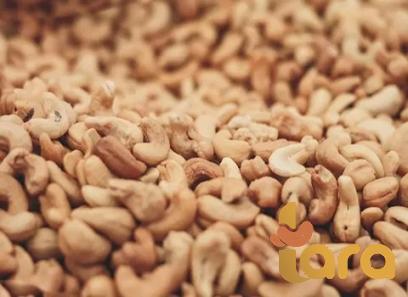
.
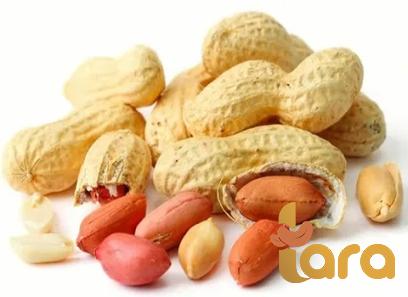 Originally cultivated in South America, peanuts are now grown in many regions across the globe, with China, the United States, and India serving as the largest producers. The yellow peanut, in particular, is highly sought after for its unique flavor and nutritional composition. Section 2: Nutritional Profile of the Yellow Peanut The yellow peanut boasts an impressive nutritional profile, making it a valuable addition to any diet. One ounce (28 grams) of peanuts contains approximately 160 calories, 6 grams of carbohydrates, 14 grams of fat, and 7 grams of protein. Additionally, peanuts are an excellent source of vitamins and minerals, including vitamin E, folate, magnesium, and potassium. Perhaps one of the most noteworthy aspects of the yellow peanut’s nutritional value lies in its healthy fat content.
Originally cultivated in South America, peanuts are now grown in many regions across the globe, with China, the United States, and India serving as the largest producers. The yellow peanut, in particular, is highly sought after for its unique flavor and nutritional composition. Section 2: Nutritional Profile of the Yellow Peanut The yellow peanut boasts an impressive nutritional profile, making it a valuable addition to any diet. One ounce (28 grams) of peanuts contains approximately 160 calories, 6 grams of carbohydrates, 14 grams of fat, and 7 grams of protein. Additionally, peanuts are an excellent source of vitamins and minerals, including vitamin E, folate, magnesium, and potassium. Perhaps one of the most noteworthy aspects of the yellow peanut’s nutritional value lies in its healthy fat content.
..
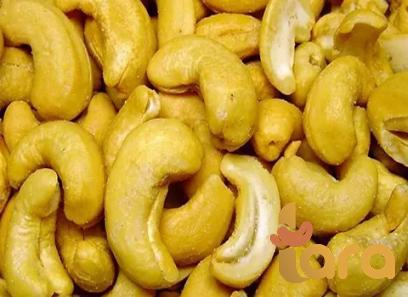 While some may shy away from consuming foods high in fat, the fats found in peanuts are primarily monounsaturated and polyunsaturated fats, both of which are considered heart-healthy and beneficial for overall well-being. Section 3: Health Benefits of the Yellow Peanut 3.1 Heart Health: Research suggests that regular consumption of peanuts may reduce the risk of heart disease. The healthy fats present in peanuts, combined with their high levels of antioxidants, promote healthy cholesterol levels, lower blood pressure, and reduce inflammation. These factors collectively contribute to a reduced risk of cardiovascular diseases. 3.2 Brain Health: The yellow peanut is a rich source of several nutrients that support brain health. Vitamin E, for instance, plays a crucial role in protecting brain cell membranes from oxidative stress.
While some may shy away from consuming foods high in fat, the fats found in peanuts are primarily monounsaturated and polyunsaturated fats, both of which are considered heart-healthy and beneficial for overall well-being. Section 3: Health Benefits of the Yellow Peanut 3.1 Heart Health: Research suggests that regular consumption of peanuts may reduce the risk of heart disease. The healthy fats present in peanuts, combined with their high levels of antioxidants, promote healthy cholesterol levels, lower blood pressure, and reduce inflammation. These factors collectively contribute to a reduced risk of cardiovascular diseases. 3.2 Brain Health: The yellow peanut is a rich source of several nutrients that support brain health. Vitamin E, for instance, plays a crucial role in protecting brain cell membranes from oxidative stress.
…
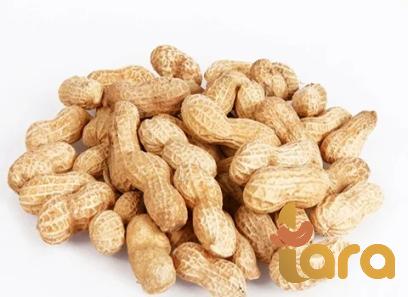 Additionally, peanuts contain resveratrol, a powerful antioxidant that has been linked to improved cognitive function and a reduced risk of neurodegenerative conditions such as Alzheimer’s disease. 3.3 Weight Management: Contrary to popular belief, consuming peanuts can actually aid in weight management when consumed in moderation. The combination of protein, fiber, and healthy fats in peanuts helps to promote satiety, keeping hunger at bay and preventing overeating. Moreover, the monounsaturated fats found in peanuts have been shown to improve insulin sensitivity, which can aid in weight loss and maintenance. 3.4 Skin Health: The abundance of antioxidants, particularly vitamin E, in peanuts contributes to healthy skin. Antioxidants help to neutralize free radicals that can cause cellular damage and signs of aging. Regular consumption of peanuts can also provide a natural source of sun protection, as some studies suggest that the vitamin E and resveratrol found in peanuts may help to mitigate cellular damage caused by sun exposure.
Additionally, peanuts contain resveratrol, a powerful antioxidant that has been linked to improved cognitive function and a reduced risk of neurodegenerative conditions such as Alzheimer’s disease. 3.3 Weight Management: Contrary to popular belief, consuming peanuts can actually aid in weight management when consumed in moderation. The combination of protein, fiber, and healthy fats in peanuts helps to promote satiety, keeping hunger at bay and preventing overeating. Moreover, the monounsaturated fats found in peanuts have been shown to improve insulin sensitivity, which can aid in weight loss and maintenance. 3.4 Skin Health: The abundance of antioxidants, particularly vitamin E, in peanuts contributes to healthy skin. Antioxidants help to neutralize free radicals that can cause cellular damage and signs of aging. Regular consumption of peanuts can also provide a natural source of sun protection, as some studies suggest that the vitamin E and resveratrol found in peanuts may help to mitigate cellular damage caused by sun exposure.

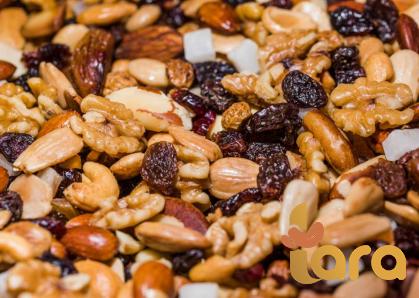
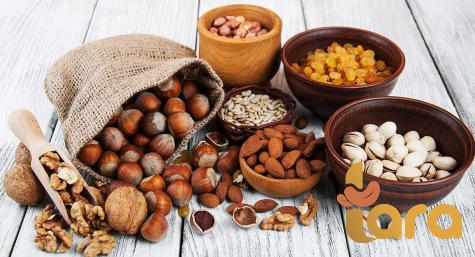
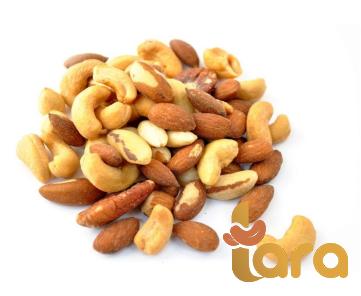
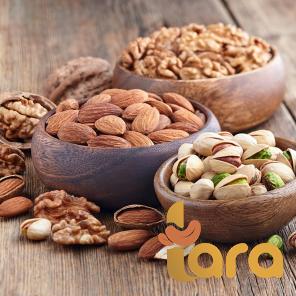
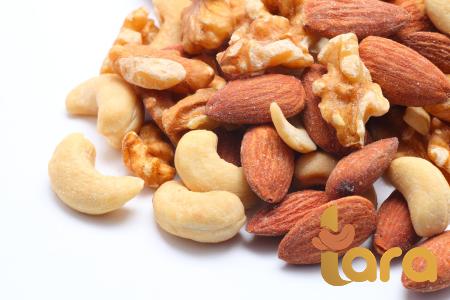
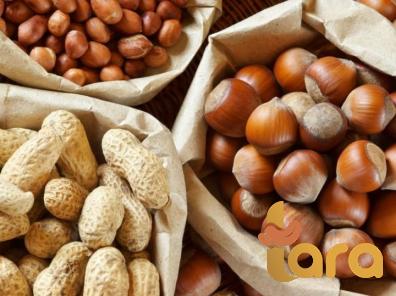
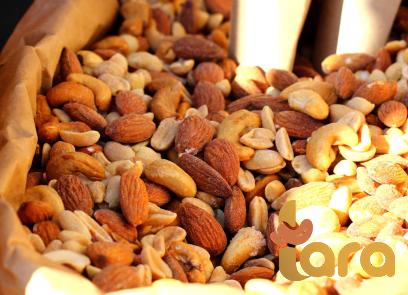
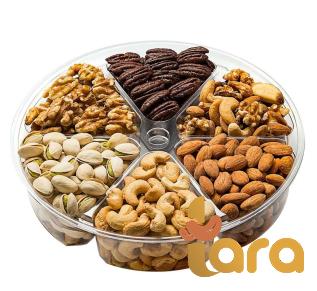
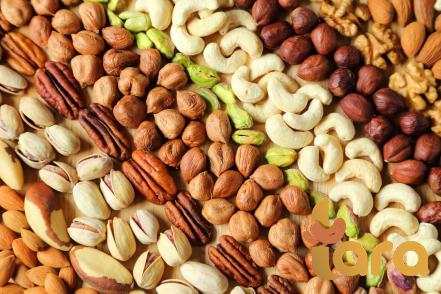
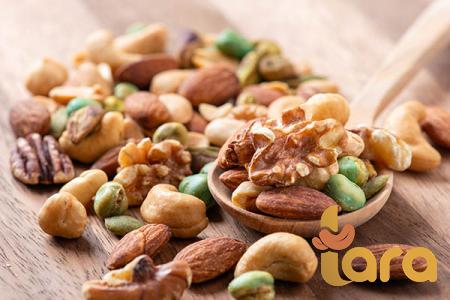
Your comment submitted.